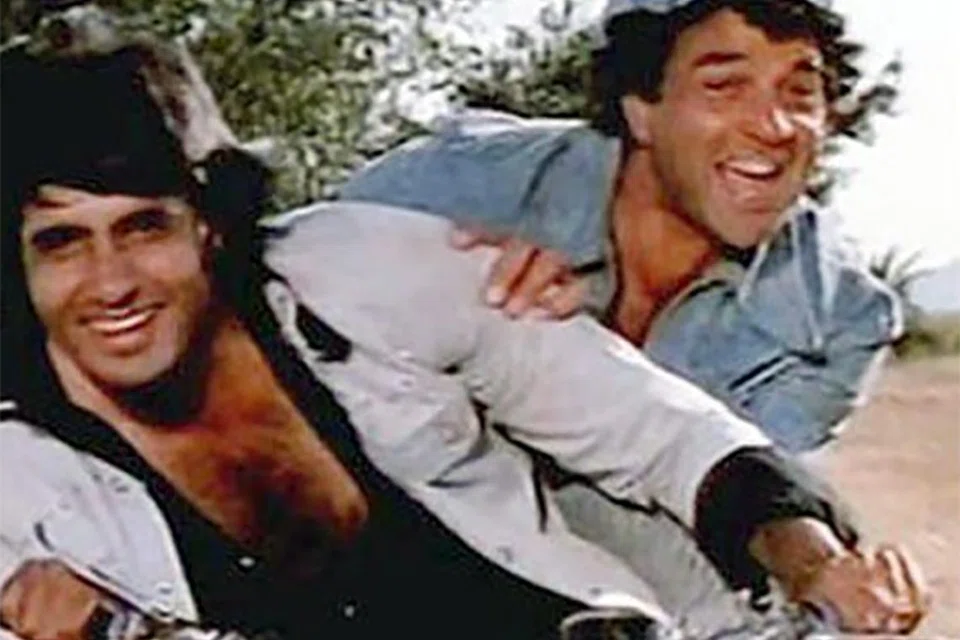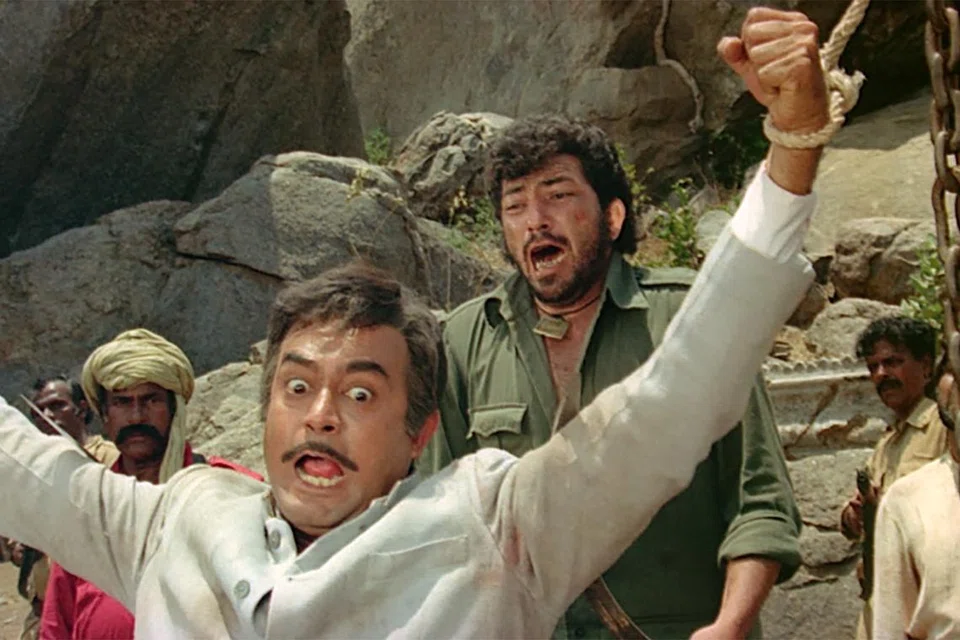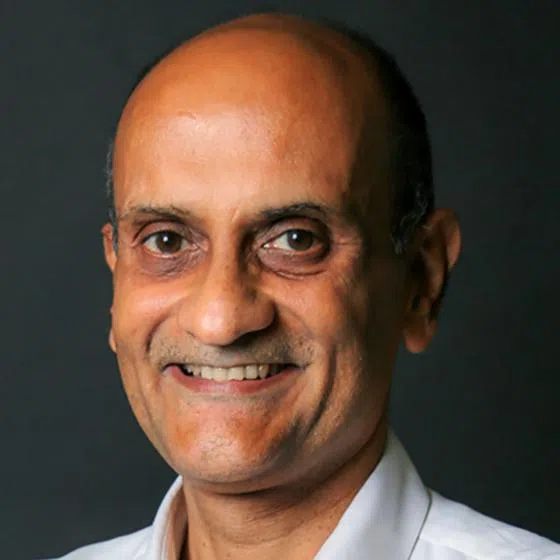August 15, a memorable day for Indians everywhere, will be extra special this year: it’s the 50th anniversary of Sholay’s debut on screen.
Many Indians like me assert that it is the greatest Indian film ever made. (Some drop “Indian” in that sentence.)
While I barely remember what happened last Saturday, my recollection of watching Sholay for the first time 50 years ago remains vivid.
The show was in Chandigarh’s iconic KC Theatre, one of those grand, single-screen theatres that elevated movie-going to an almost ethereal experience. Sadly, they have given way to multiplexes and, in recent times, big-screen TVs.
My sister and I were excited. Our father, a reluctant movie goer, grumbled about the exorbitant Rs12 (18 cents) he had to fork out for four tickets, but later grudgingly acknowledged it had been worth it.
I remember waiting impatiently for the ads to cease and the lights to dim; being awed by the opening scene of a horseback ride from a desolate station to an unknown destination as the titles unfolded; feeling a chill as Gabbar makes his first appearance, trudging to and fro, belt swishing, ominous music playing; laughing almost non-stop during the jailbreak episode; and smiling to see my father lean forward despite himself during many scenes.
But, of the countless times I’ve watched it since, in theatres across the country and on different television sets, the memories blur into a warm, fuzzy haze.
Except for one particular occasion, which I remember well. I was sitting in our Singapore living room with my teenage daughter when I casually asked her about Sholay. Her response horrified me: she had never watched it!
“We have to correct this flaw in your upbringing, right now!” I said, and proceeded to search the Internet.
She protested at the idea of watching something “so ancient”, but when faced with the alternative I gave her – doing her pending maths homework – sat down quietly.
She may have begun watching it as the lesser evil but was soon so engrossed she didn’t reach for her phone once during the entire movie.
Watching someone, whose attention cannot usually be held for 10 minutes, being enraptured for three straight hours proved what most of us who grew up on Sholay knew: the movie is genuinely timeless.
Apart from the parental satisfaction of directly contributing to my child’s cultural upliftment, I got the bonus enjoyment of watching the original uncensored film that Ramesh Sippy could not get past the Indian Censor Board.
Thakur actually delivers the fatal blow to Gabbar Singh’s head with his foot (instead of being dissuaded by the police). More gory yes, but much, much more Sholay.
I’ve heard debates about what made Sholay great. Was it the dialogue? Written by the talented duo Salim-Javed the screenplay is practically a national treasure.
I have friends who can hold court at social gatherings simply by repeating gems from this treasure, such as Gabbar’s interrogation of his cronies (starting with the chilling question “Kitne aadmi they?” (Hindi for “How many men were there?”). And Viru’s drunken monologue threatening suicide from a precarious perch.
One college mate – a talented mimic – could recite the dialogue of the movie from beginning to end in every actor’s voice!
Or was it the classic story of revenge for severe villainy inflicted on the family? Could it be the Western-like setting, in rural India, with horses and gun-toting bandits? Maybe it was the formidable star cast?
But such debates are as pointless as trying to figure out what makes the Alps so beautiful. Is it the majestic, snow-capped peaks piercing the sky, the crisp air that fills your lungs, the tranquil green of the valleys or the glassy sheen of a glacial lake?
But we know it’s not any of those things: it’s all the elements coming together in one magnificent vista. Sholay is the Alps of Indian cinema.
On its 50th anniversary, let’s pay homage to this magnum opus. Let’s recall the pleasure we take watching it every now and then, like a fond ceremony. And let’s confirm that our children have watched it and, if not, correct this gross negligence in our parenting before Aug 15.
But let’s not derive management lessons from the movie. Unfortunately I fear we will, because on LinkedIn everything has become a “learning opportunity”.
I can already see the articles: Sholay - Seven Leadership Lessons; Resilience and Persistence, the Thakur Way; What Viru and Jai Teach us about Teamwork; and Easy-to-follow Tips on Agile Communication from Basanti Tangewali.
I take solace in the fact that Ramesh Sippy will not be subjected to such drivel. He isn’t on LinkedIn. I checked.



